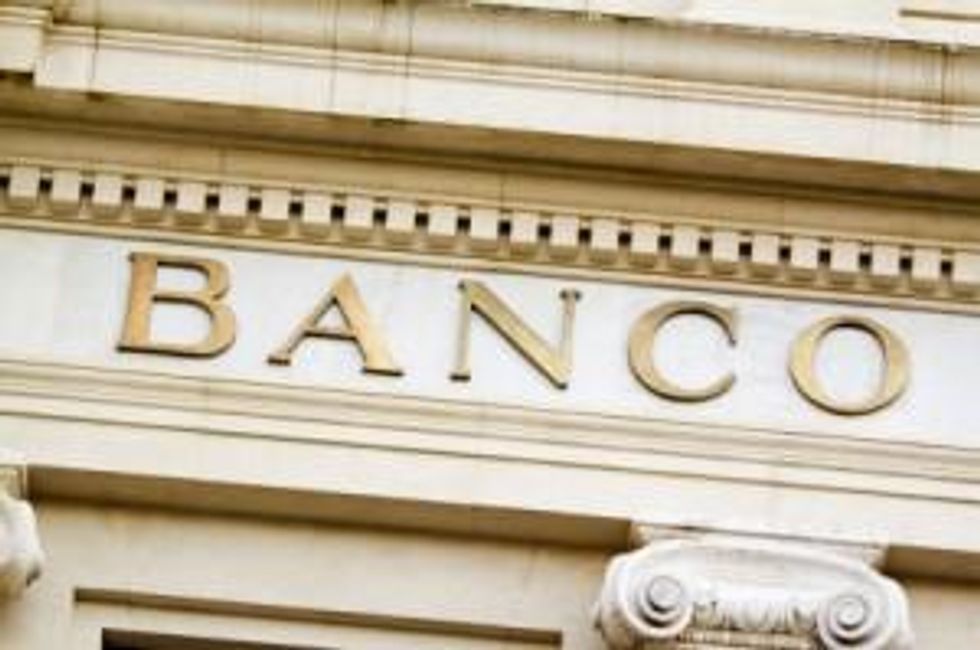What Do Central Banks Do? And Why Are They Buying Gold?
As the world economy teeters, central banks have been buying gold, creating fears that the world’s currency system is backed by nothing and that the US dollar’s role as the lifeline of the international monetary system may be short lived.
The main function of a central bank, which generally operates without a political agenda, is to control money supply, set interest rates, set reserve requirements and with the exception of the European Central Bank, act as the lender of last resort, as seen in recent years when the US Federal Reserves has conducted quantitative easing to help bolster the American economy.
By controlling money supply and manipulating interest rates, central banks aim to encourage economic stability and growth and maintain low unemployment and keep inflation in control. When they lower interest rates – an expansionary move – their intent is to make credit more readily available to fuel business growth and encourage employment. When they raise interest rates – a contractionary move – it is generally to tame high growth and inflation.
The US Federal Reserve is likely to keep interest rates close to zero at least through late 2014, it has said, and there are market expectations that interest rates could remain exceptionally low if the world economy stumbles more or confidence falls even further.
The European Central Bank in July cut interest rates to record low of 0.75 percent and said it is headed toward its target of keeping inflation below 2 percent. The rate cut makes borrowing cheaper but it is likely to take more than a rate cut to fuel the depressed Eurozone economy. More confidence and sustained growth are needed before businesses borrow, invest, expand and hire new workers.
Central banks and their heads — at least those of the United States, the Eurozone and England — have become household names in the past few years as the global economy has been enervated by the debt crisis. In addition, central banks, which until 2009 were net sellers of gold, have become net buyers of gold in the past few years, creating doubts about the viability of the US dollar as the lifeline of the international monetary system.
According to data from the World Gold Council, net central bank purchases in 2011 exceeded 455 tonnes of gold, the second increase since 1988. The first increase happened in 2010. Central banks have added a net 1,290 tonnes since the fourth quarter of 2008 and this number excludes China and other countries that do not report their gold acquisitions activity.
“We think the trend of central-bank gold buying will continue,” Jeff Clark, a senior precious metals analyst at Casey Research, wrote in a Stockhouse column published on Monday. “Central bankers around the world know what it must ultimately mean to run the printing presses the way the U.S. has since 2008, even if price inflation is not immediately obvious. It’s no surprise that they want to hedge their bets, moving more reserves into something with actual value… something that can’t be debased with a few keystrokes. The U.S. dollar has been the world’s reserve currency since WWII, and that’s beginning to change – the movement into gold is just one facet of that change.”
Clark added that the world is indeed realizing that it is operating on a fiat currency system backed by nothing. “It doesn’t take Nostradamus to read this writing on the wall… and while the world’s central bankers can lie to the public, they themselves know how bad things are.”
